CDI Xe máy . Những vấn đề lạ hoắc
Hôm qua sau một hồi trao đổi với một anh bạn làm nghề Xe máy . Mình mới biết một số thông tin khá hay về bộ điều khiển đánh lửa của xe Moto
1 ) Đặc điểm của nhiên liệu ( xăng + khí ) trong xilanh của động cơ sẽ cháy nổ sau một thời khoảng khi Bugi phát tia lửa . Điều này phụ thuộc nhiệt độ và chủng loại xăng được sủ dụng ( A83 - A92 .... )
2 ) Nhiên liệu cháy nổ trong động cơ để giải phóng năng lượng cơ học trong một thời khoảng rất ngắn . Điều này cũng phụ thuộc vào lọai nhiên liệu và nhiệt độ động cơ
Vì vậy để tận dụng năng lượng triệt để khi nhiên liệu cháy nổ . Người ta phải chọn được điểm nổ thích hợp . Điểm nổ thích hợp nhất là phải tính sao cho nhiên liệu cháy nổ vào thời điểm khi tay biên của Pitston ở tầm 70-90 độ
Người ta quy định ra các điểm nổ bằng các vị trí A B F S
Vị trí F được quy định khi Piston chạy đến điểm đỉnh của Xylanh . Tại điểm này có một cuộn kích từ hay má vít tạo nên xung khởi động chuẩn
Khi vận tốc vòng quay nhỏ từ 500 tới 800 vòng /phút ( lúc chạy galangti hay bắt đầu khởi động ) thì điểm đánh lửa của Bugi được làm trễ lại nhằm mục đích đợi cho tay biên chạy đến điểm vuông góc với trục volang ( Điểm A ) . Thời gian cháy nổ cũng rất ngắn vì cửa nhiên liệu mở nhỏ ( tay ga mở nhỏ )
Khi vận tốc vòng quay đạt từ 2000 tới 6000 vòng/phút Thì điểm đánh lửa Bugi phát lửa sớm hơn . Chỉ sau điểm F một thời gian ngắn . ( điểm B ) .Thời gian nhiên liệu cháy nổ kéo dài khi tay biên ở tầm từ 20-120 độ
Khi vận tốc vòng quay đạt 6000 -9000 vòng /phút thì điểm đánh lửa sát sau điểm F . Như vậy thời gian cháy nổ của nhiên liệu kéo dài suốt một nửa vòng quay bánh đà ( từ 10- 180 độ )
Với loại xe Đẳng cấp cao có tốc độ vòng quay cực lớn ( hơn 10000vong/phút ) Thì điểm đánh lửa được dời sớm hơn điểm F. Đó là điểm S . Như vậy thì khi nhiên liệu cháy nổ thì vị trí của tay biên đã di chuyển vượt qua điểm F rồi ( vòng quay lúc đó rất nhanh )
Như vậy thì chúng ta thấy chung là các bộ ĐK đánh lửa của xe máy có điểm đánh lửa bị trễ lại so với điểm chuẩn F .
Nhưng thời gian trễ phụ thuộc vào tốc độ vòng quay của động cơ
Thời gian trễ thay đổi theo tốc độ quay
Như vậy với chủng loại xăng thông thường có tốc độ cháy nổ thấp ( A72 A83 ) thì không thể cho động cơ hoạt động nhanh hơn một mức giới hạn nào đó .
Các loại CDI có Xịn có một chíp Vi xử lý sẽ kiểm tra tốc độ vòng quay ( căn cứ vào xung F chuẩn ) và phát xung đánh lửa vào thời điểm trễ thích hợp . Hoặc sẽ phát xung đánh lửa sớm hơn vị trí F nếu thấy vận tốc vòng quay rất cao .
Tóm lại thời gian trễ của xung đánh lửa ( tương ứng với góc quay trục tay biên ) thay đổi theo tần số vòng quay
Các loại CDI hàng chợ loại đơn giản chỉ có thể cho Bugi đánh lửa tại thời điểm F hay sau F một thời khoảng cố định . Như vậy đó là điểm nổ khi tốc độ vòng quay đã lớn .
Khi khởi động hay chạy Galangti thì đó là điểm không thích hợp . Lúc này nhiên liệu ít , thời gian cháy nổ ngắn lại đúng lúc tay biên ở một góc nhỏ nên năng lượng đẩy không được tận dụng triệt để
Điều nguy hiểm nhất là loại CDI có điểm nổ đúng vào tâm của điểm F .Lúc khởi động, tốc độ còn thấp . Khi Piston đang ở kỳ nén nhiên liệu tới đỉnh mà cho phát nổ ( sớm ) thì dẫn tới làm vòng quay bị chạy ngược ( piston bị đẩy ngược ) . Như vậy thì cơ cấu Đề của xe có thể bị phá tan .
Vì thé các ông thợ sửa xe phải nghiến răng ken két
Để kiểm tra tình trạng đánh lửa của CDI như thế nào ngừoi ta có một thiết bị cầm tay khá đơn giản ( Tôi sẽ trình bày sau ) Cho phép người ta so sánh thời điểm đánh lửa với điểm chuẩn F của Volang . Và người ta dễ dàng nhìn thấy bằng mắt điẻm đánh lửa di chuyển như thế nào khi tăng hay giảm tốc độ động cơ . Và cũng dễ dàng biết được cái nào XỊN hay DỎM mà không cần nhìn xem nó to hay nhỏ như thế nào , cũng như nó làm như thế nào
Tuy vậy kỹ thuật CDI không phải là bức Vạn Lý Tường Thành
Hôm qua sau một hồi trao đổi với một anh bạn làm nghề Xe máy . Mình mới biết một số thông tin khá hay về bộ điều khiển đánh lửa của xe Moto
1 ) Đặc điểm của nhiên liệu ( xăng + khí ) trong xilanh của động cơ sẽ cháy nổ sau một thời khoảng khi Bugi phát tia lửa . Điều này phụ thuộc nhiệt độ và chủng loại xăng được sủ dụng ( A83 - A92 .... )
2 ) Nhiên liệu cháy nổ trong động cơ để giải phóng năng lượng cơ học trong một thời khoảng rất ngắn . Điều này cũng phụ thuộc vào lọai nhiên liệu và nhiệt độ động cơ
Vì vậy để tận dụng năng lượng triệt để khi nhiên liệu cháy nổ . Người ta phải chọn được điểm nổ thích hợp . Điểm nổ thích hợp nhất là phải tính sao cho nhiên liệu cháy nổ vào thời điểm khi tay biên của Pitston ở tầm 70-90 độ
Người ta quy định ra các điểm nổ bằng các vị trí A B F S
Vị trí F được quy định khi Piston chạy đến điểm đỉnh của Xylanh . Tại điểm này có một cuộn kích từ hay má vít tạo nên xung khởi động chuẩn
Khi vận tốc vòng quay nhỏ từ 500 tới 800 vòng /phút ( lúc chạy galangti hay bắt đầu khởi động ) thì điểm đánh lửa của Bugi được làm trễ lại nhằm mục đích đợi cho tay biên chạy đến điểm vuông góc với trục volang ( Điểm A ) . Thời gian cháy nổ cũng rất ngắn vì cửa nhiên liệu mở nhỏ ( tay ga mở nhỏ )
Khi vận tốc vòng quay đạt từ 2000 tới 6000 vòng/phút Thì điểm đánh lửa Bugi phát lửa sớm hơn . Chỉ sau điểm F một thời gian ngắn . ( điểm B ) .Thời gian nhiên liệu cháy nổ kéo dài khi tay biên ở tầm từ 20-120 độ
Khi vận tốc vòng quay đạt 6000 -9000 vòng /phút thì điểm đánh lửa sát sau điểm F . Như vậy thời gian cháy nổ của nhiên liệu kéo dài suốt một nửa vòng quay bánh đà ( từ 10- 180 độ )
Với loại xe Đẳng cấp cao có tốc độ vòng quay cực lớn ( hơn 10000vong/phút ) Thì điểm đánh lửa được dời sớm hơn điểm F. Đó là điểm S . Như vậy thì khi nhiên liệu cháy nổ thì vị trí của tay biên đã di chuyển vượt qua điểm F rồi ( vòng quay lúc đó rất nhanh )
Như vậy thì chúng ta thấy chung là các bộ ĐK đánh lửa của xe máy có điểm đánh lửa bị trễ lại so với điểm chuẩn F .
Nhưng thời gian trễ phụ thuộc vào tốc độ vòng quay của động cơ
Thời gian trễ thay đổi theo tốc độ quay
Như vậy với chủng loại xăng thông thường có tốc độ cháy nổ thấp ( A72 A83 ) thì không thể cho động cơ hoạt động nhanh hơn một mức giới hạn nào đó .
Các loại CDI có Xịn có một chíp Vi xử lý sẽ kiểm tra tốc độ vòng quay ( căn cứ vào xung F chuẩn ) và phát xung đánh lửa vào thời điểm trễ thích hợp . Hoặc sẽ phát xung đánh lửa sớm hơn vị trí F nếu thấy vận tốc vòng quay rất cao .
Tóm lại thời gian trễ của xung đánh lửa ( tương ứng với góc quay trục tay biên ) thay đổi theo tần số vòng quay
Các loại CDI hàng chợ loại đơn giản chỉ có thể cho Bugi đánh lửa tại thời điểm F hay sau F một thời khoảng cố định . Như vậy đó là điểm nổ khi tốc độ vòng quay đã lớn .
Khi khởi động hay chạy Galangti thì đó là điểm không thích hợp . Lúc này nhiên liệu ít , thời gian cháy nổ ngắn lại đúng lúc tay biên ở một góc nhỏ nên năng lượng đẩy không được tận dụng triệt để
Điều nguy hiểm nhất là loại CDI có điểm nổ đúng vào tâm của điểm F .Lúc khởi động, tốc độ còn thấp . Khi Piston đang ở kỳ nén nhiên liệu tới đỉnh mà cho phát nổ ( sớm ) thì dẫn tới làm vòng quay bị chạy ngược ( piston bị đẩy ngược ) . Như vậy thì cơ cấu Đề của xe có thể bị phá tan .
Vì thé các ông thợ sửa xe phải nghiến răng ken két
Để kiểm tra tình trạng đánh lửa của CDI như thế nào ngừoi ta có một thiết bị cầm tay khá đơn giản ( Tôi sẽ trình bày sau ) Cho phép người ta so sánh thời điểm đánh lửa với điểm chuẩn F của Volang . Và người ta dễ dàng nhìn thấy bằng mắt điẻm đánh lửa di chuyển như thế nào khi tăng hay giảm tốc độ động cơ . Và cũng dễ dàng biết được cái nào XỊN hay DỎM mà không cần nhìn xem nó to hay nhỏ như thế nào , cũng như nó làm như thế nào
Tuy vậy kỹ thuật CDI không phải là bức Vạn Lý Tường Thành
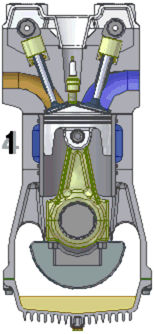
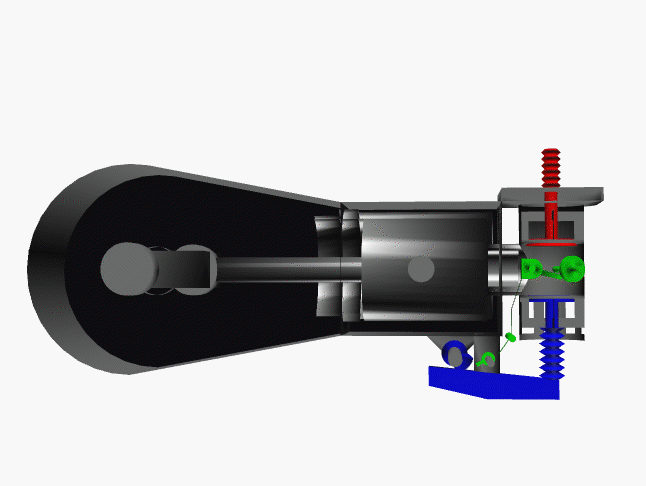
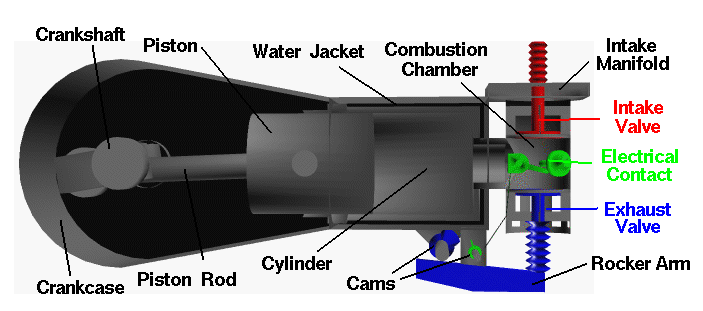
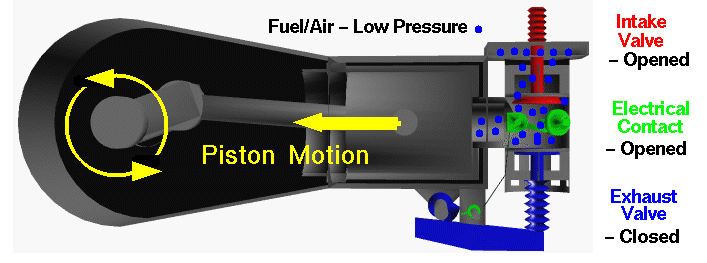
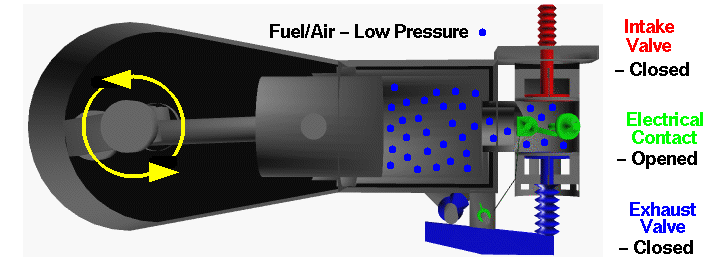
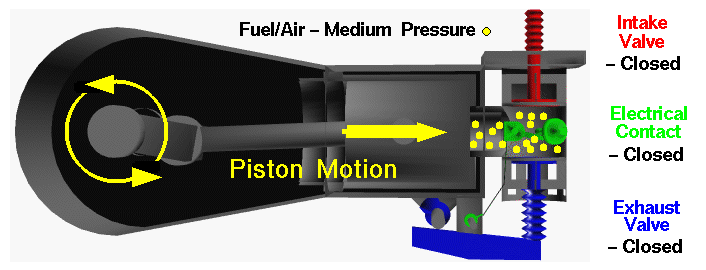
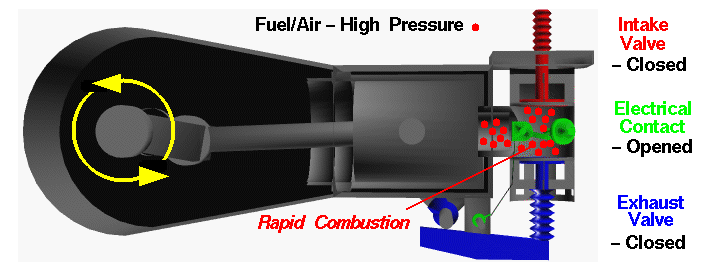
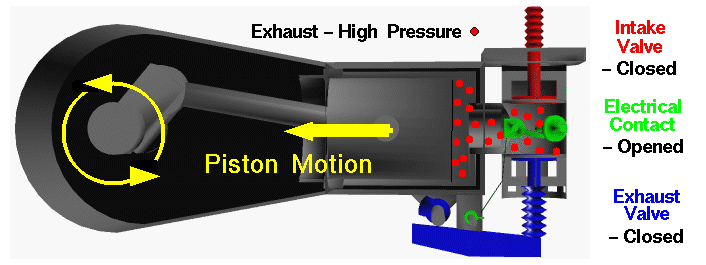
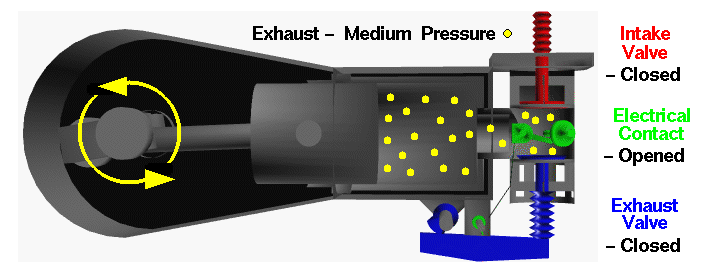
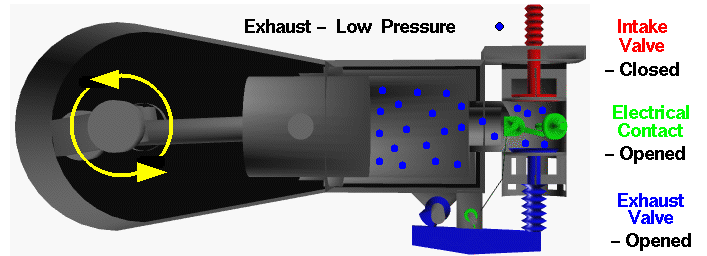
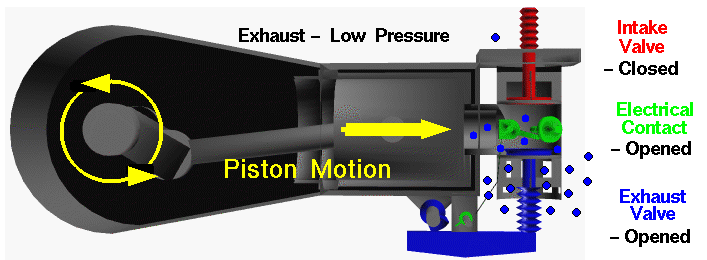


Comment